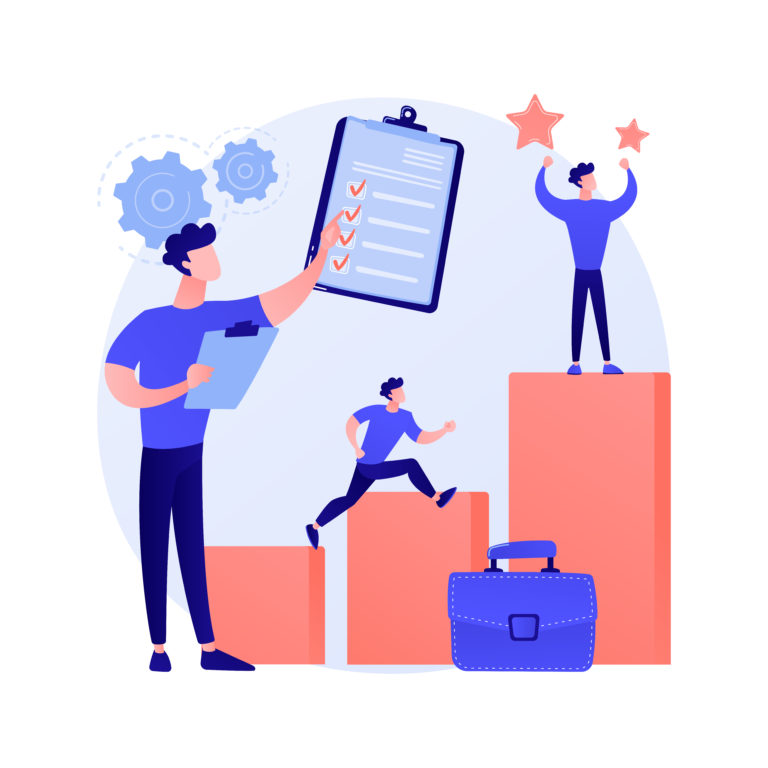How OCR & Workflow Software Can Improve the Digitization of Higher Education
In the near future, for any industry to thrive, then digitization will play a significant role in the answer. Data analytics is already driving decision making in many ways. Further, digital delivery allows for institutions to better serve the needs of existing students while opening up their organizations to new markets. Without having to build new classrooms, and new facilities, higher education can use the process of digitization to create digital courses, simulations, virtual labs, and more.
Further, faculty can use digital transformation to increase the personalization of their instruction and even improve overall engagement. With mobile devices, support services become more accessible. Also, students can use digitization to create their projects in the forms of digital stories, podcasts, videos, apps, and more.
Why digitization works
In terms of the ROI, digitization will probably induce a better pay off than spending more money on additional equipment and facilities. The issue starts with legacy systems and siloed data. Yet, still, the biggest obstacle of all is the mindset. If higher education wants to seriously seize the abundant opportunities offered with digitization, then they must be willing to think outside the box.
For instance, digitization doesn’t require the traditional Monday-through-Friday and 9-5 office hours. What does this mean? It entails a different mindset for higher education, along with more flexibility around academic schedules and structures. To be fair, change isn’t easy for most people. But, the promise of digitization is already manifesting in so many other industries.
Moreover, students are products of the digital age. They are often online all hours, day and night. It’s vital to ensure they have the right digital tools and resources that they can access in terms of either communicating with classmates and professors and for academic help.
There is a solution, and it doesn’t involve rocket science. Let’s learn more about how Amazon Textract and BPM can improve the digitization of higher education.
Discipline and operational efficiency
For higher education to operate effectively, they must follow very stringent milestones in terms of their workflows and processes. All stakeholders have accountability in these processes, and documentation must be delivered accurately as well as executed correctly. Even business process management around student management, facilities, vendor management, compliance, hiring, and expenditures must have constant oversight.
Nonetheless, one thing is for sure: Higher education is often constrained by limited resources and BPM can offer some relief by automating repeatable processes and decreasing the costs associated with human error.
Data challenges
Unquestionably, many institutions must carefully manage massive repositories of physical student files — some dating back to the origins of the organization. Organizing huge sets of data is a challenge for any organization. Not only is the institution on the hook for compliance with federal and state regulations, but they must carefully safeguard student data. With BPM, institutions can automate processes from admissions to graduation such as collecting digital signatures of every action taken by a human or a robot, automatic logging, encryption, and even permissions.
In terms of the physical aspect of these large-scale file sets, just one unexpected disaster could ruin years of collections and organization. In this case, Amazon Textract can be used to scan and automatically extract text and data from documents. Since documents are the primary tool for record-keeping in higher education, Amazon Textract can alleviate the time-consuming and complex processes of search and discovery with its natural language processing (NLP) and document classification capabilities.
How does Amazon Textract work? Well, beyond the simple optical character recognition (OCR) features, Amazon Textract doesn’t require manual effort or custom code to read and accurately extract data from virtually any type of document.
For example, if a university professor wanted to provide a digitized version of their course, they could use Amazon Textract to quickly extract text and data from all their course files which can then be published for students to access online, anytime and anywhere. Also, with traditional OCR systems, they usually only read from left to right. In contrast, Amazon Textract can detect multiple columns and still print the text in the correct reading order.
Emphasize the digital
With BPM and Amazon Textract, higher education can start to embrace the type of digital transformation necessary to thrive in the digital economy. To illustrate, Amazon Textract can extract the data then BPM can be used to automate workflows and move documents electronically whether it be for approval of electronic documents via email or to implement dashboards that allow permitted users to receive reports, forms, and notifications.
Of course, for any BPM solution to be deployed successfully, you must first start out by knowing which business processes and workflows are primed for automation.
Final thought
If higher education does not want to go the way of the dinosaur, then they need to be receptive to continuous innovation. With BPM and Amazon Textract, digitization does not have to be complicated. Plus, higher education can finally feel confident that they have the tools they need to compete in the digital era.
Written by Katherine Manning



